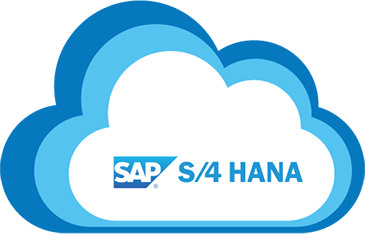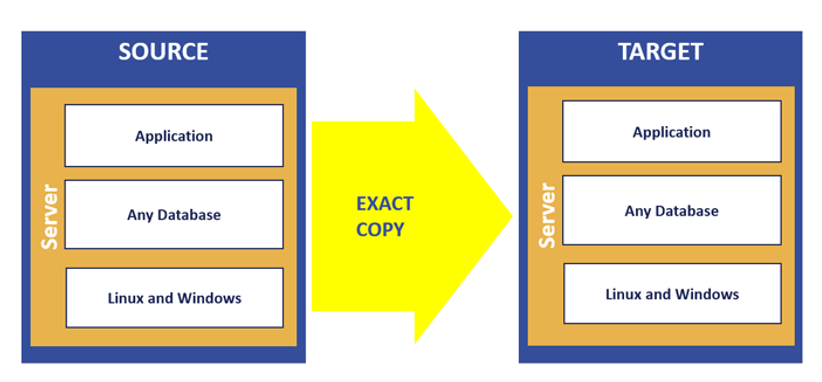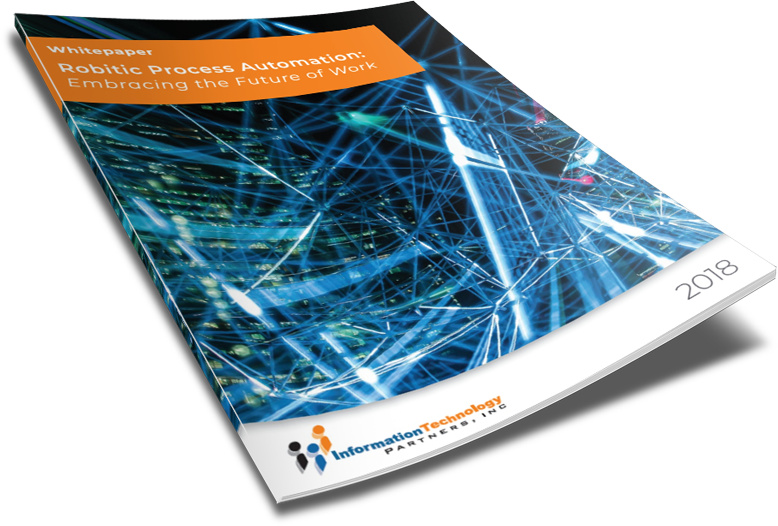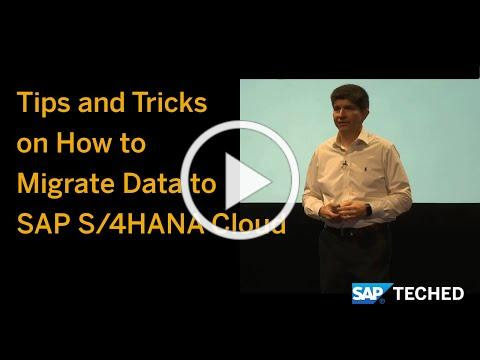TAKE NOTE (Insights and Emerging Technology)

IT modernization has been a growing focus in federal government for years, but President Donald Trump’s signing of the Information Technology Modernization Centers of Excellence Program Act last month put more momentum behind it. It codified the General Services Administration’s Centers of Excellence into law — an initiative which the Agriculture Department had been using long before.
USDA Chief Information Officer Gary Washington said modernizing IT means better customer experience for employees and stakeholders in the field. He led the agency’s IT modernization efforts through a partnership with the General Services Administration. His team concentrated on modernizing business systems and infrastructure, automating or digitizing services provided to rural communities, forest workers, ranchers and scientists.
He shared his experience…
“When we started to modernize, obviously people want more modern technology. But it was more focused on how do you make the experience better with farmers being able to view their loans? Or how can you make the experience better when somebody submits a Christmas tree permit, or any other kind of permit that [the Animal and Plant Health Inspection Service] may provide, for that matter? Farmers.gov was a cornerstone of their business focus,” he said.
At USDA, the existing culture could make it hard to tackle IT modernization. Washington said at first, employees would sometimes develop things with the hope that they were what people wanted from the agency. That’s why he said he started conversations about what problems they aimed to solve, were business processes ready for modernization, and then upon partnering with GSA, educated people that they, not just the CIO office, “have a part to play.” Washington added that when employees began getting the inclusion and involvement they had asked for, they realized how much work and time went into IT modernization.
If not for access to the COEs or TMF money, modernization would have taken many years if it happened at all, Washington said. On the flip side, he said, the fact that USDA got to go first with Farmers.gov, ahead of other agency requests, brings a level of accountability to USDA to deliver what they promise in terms of improving user experience.
Frequently requested modernization projects by agencies tend to be combinations of needs. It’s hard to have artificial intelligence without data analytics, or customer experience without cloud-based processes. At USDA, Washington said cloud migration off of mainframes is in high demand, as is AI. His goal is to understand how best to apply it.
Asked how an agency can concentrate on IT modernization, even as the topic ebbs and flows in prominence or political attention, Washington said it’s crucial staff do not get caught up in that.
Interested in learning more about RPA? Download our FREE White Paper on “Embracing the Future of Work”
UNDER DEVELOPMENT (Insights for Developers)
Understanding SAP Cloud Migration Strategies

Benefits of SAP in The Cloud
Recently, there has been an emphasis on cloud-based investments over on-premise deployment. If you run SAP, this necessitates SAP migration. In general, SAP migration entails a transition of your data revolving around changes in the physical location, hardware, and software of your SAP landscape..
Moving your SAP products and services to the cloud might seem daunting. Even so, there are several benefits that you stand to actualize with cloud-based SAP. These include:
- Scalability: With cloud-based SAP, you have unlimited performance resources and the capability to scale your system up or down based on your prevailing workload.
- Resiliency: With the replication of storage and data recovery systems that comes with cloud-based SAP, you have better control over your data. This translates to business continuity, high availability, and no risk of data loss.
- Cost-cutting: With cloud-based SAP, you no longer need to hire technicians for your hardware or lease the space for it. Your service provider handles the maintenance of your offsite servers. This means reduced expenses for your company.
- Accessibility: With cloud-based SAP, you can access your solutions from anywhere with internet connectivity.
Even with these benefits, some companies are still holding back on migrating their SAP solutions to a cloud-based model. They cite complex landscapes, high customization needs, unclean master data, and lack of skills/ knowledge as the reasons for their reluctance. Though these concerns are understandable, they are not unsolvable. With the right migration strategies, all enterprises can be on the front line in the adoption curve and successfully migrate to the cloud.
Below are short summaries designed to help you understand alternative migration strategies for moving from an on-premise SAP model to a cloud-based one.
Lift-And-Shift Migration
In this alternative, you will replicate your existing SAP landscape from its current hosting environment to the cloud. Essentially this type of migration will transfer the top three layers of your current landscape, including the database, OS layer, and application, as exact copies of your existing landscape. To this end, some experts call this migration strategy ‘re hosting’ since there are no extensive changes made to your software. Here is a diagram to help you understand this migration

Since there are no extensive changes made, migration is quick and inexpensive. Moreover, it does not come with as much disruption to your work, and its ROI is almost instant. The simplicity of future transformation and increased agility associated with a Lift-And-Shift migration make it the best choice for the conservative, and those that are undecided about their long-term strategies.
This would be like taking an on-premise ECC solution and moving it to the cloud.
– Dig Deeper –
SAP S/4 HANA Cloud
Q&A (Post your questions and get the answers you need)

Q. SAP has been touting an exciting announcement set to be made on Jan. 27: RISE with SAP. But what is it about and why should SAP customers care?
A. You are correct, there is a lot of speculation around the announcement, but so far, SAP hasn’t revealed anything concrete about what will come out and what it will mean for your business going forward.
First you can register for it here at Rise With SAP.
OK, while we can’t be certain what will be announced when surely make some educated guesses.
RISE with SAP: Look to the Cloud for Answers
Peter Pluim, SAP executive VP and global head of Enterprise Cloud Service and SAP HANA Enterprise Cloud, recently blogged about the announcement. “In Gartner’s Top Strategic Technology Trends for 2021, the industry analyst firm based its predictions on three themes: people-centricity, location independence, and resilient delivery,” Pluim wrote. “These themes also show the critical role of the cloud supporting these trends as well the required business transformation, not only in 2020, but certainly for 2021 and beyond.”
He added, “Cloud technology keeps people connected and enables collaboration in a distributed work environment. Companies can become more location-independent by adopting the cloud, and they can become more resilient through the ability to adapt more quickly.”
RISE with SAP: Look for Intelligence
Christian Klein noted, “As the CEO of SAP, I firmly believe that prioritizing sustainable value creation has to be our top priority. Therefore, we will not trade the success of our customers and the significant growth potential of SAP against short-term maximization.
”Sustainable value creation—in this instance—means walking the walk with its customers and rising above the challenges that were presented last year. According to the RISE with SAP website, customers can tune in to learn more about how SAP and its partners can simplify digital transformation journeys, discover new ways to grow their business, and deliver the best cloud experience to their customers.
Like you, I am registered and looking forward to see how SAP intends to put all the pieces together.
IT Partners stands ready and is prepared to help SAP customers understand the offer and how it can assist their transformation plans.



